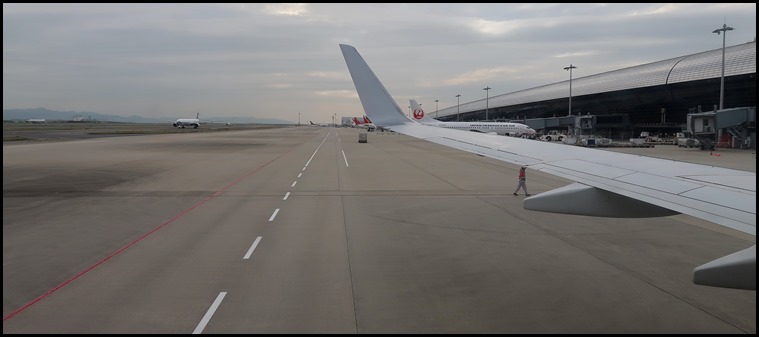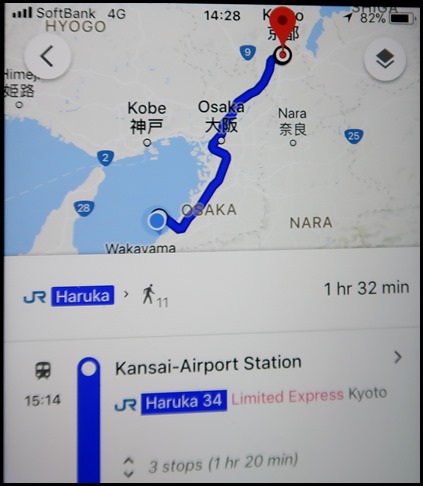Tokyo to Osaka

|
Our Flight from
Tokyo to Kansai Airport Osaka
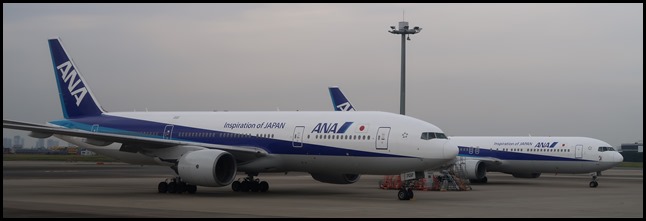 Here we are sitting waiting to get
back on the plane we have just left, for our flight to Osaka. For a change we
look left over to the Ana’s (All Nippon Airways)
ladies as the fog seems to be coming in.
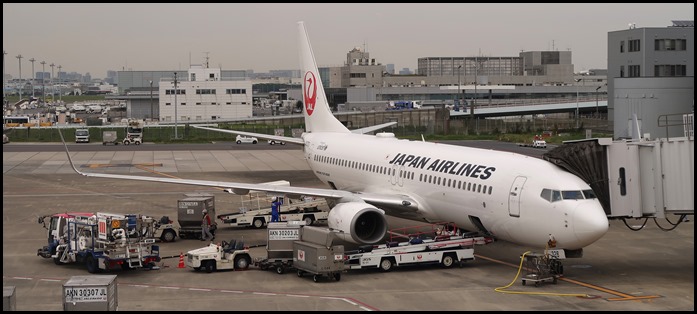 Looking right, our
girl is having a quick rub down with the Evening Post and a few more
cases stowed.
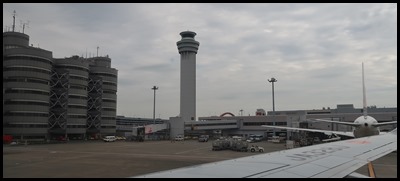  Back on board, a few rows back but
with a new crew which makes our apple juice taste different, we taxi backwards. There may only be a few ground staff in
this column but they bow just as nicely and wave just as
vigorously as the team in Kushiro.
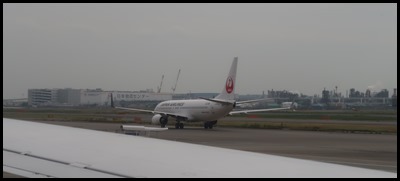 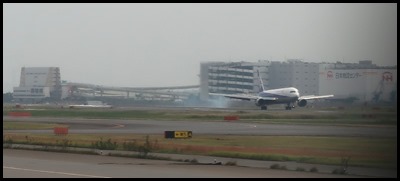 We follow a JAL
girl and we both have to stop as an ANA
lands.
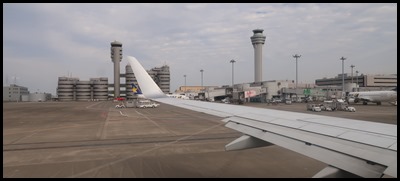 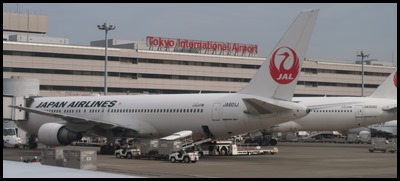 A very different backdrop to the one
we had in Kushiro but lovely to see the red-capped crane is the symbol for JAL ladies, (the girl we are flying with).
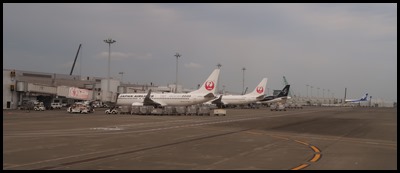 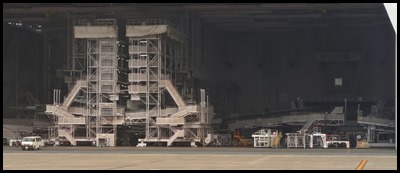 We trundle a
really long way, passing a hangar, a dream for
boys and their tool boxes.
 Oh my, there is a
girl in pieces in the next hangar, important stuff on the
floor.
 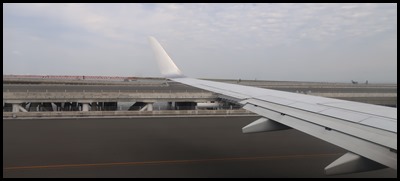 We follow our friend as we do a sharp left beyond the buildings, then we are on a pier going out over the sea.
  Our friend turns left into the fog, we turn right and are soon in the air.
 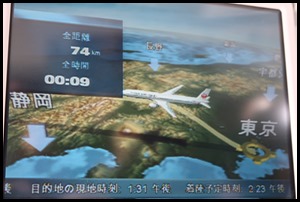 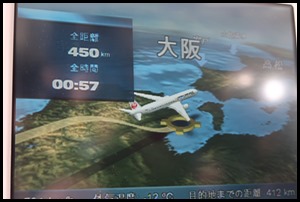 Bear gets back to his charts.
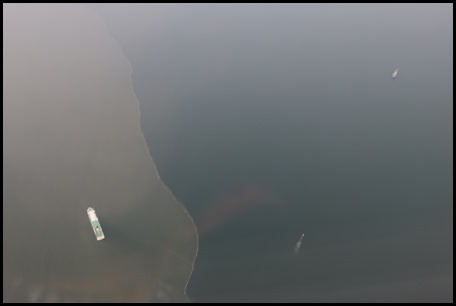 I get back to my
chums and silt.
 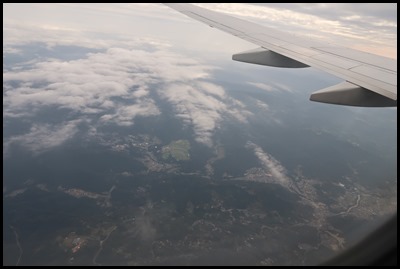 A bit bumpy as we climb above the clouds and then we come down a bit for the view......
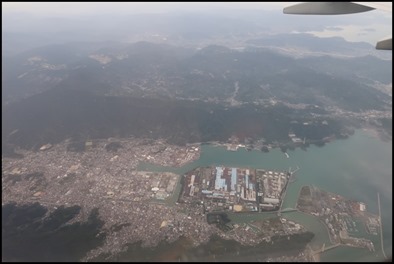  I was just musing just how much land reclamation has gone on here in Japan, when we pull
out over the coast and I look down at man-made
islands acting as wind breaks for a
marina............when...............
 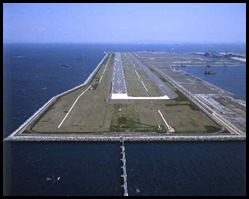 ..............(borrowed pictures) we
come in to the daddy of all reclamation-cum-man-made ever – Kansai Airport.
 A working
girl zooms by as we come in to land.
 Loving these
ladies riding jackets.
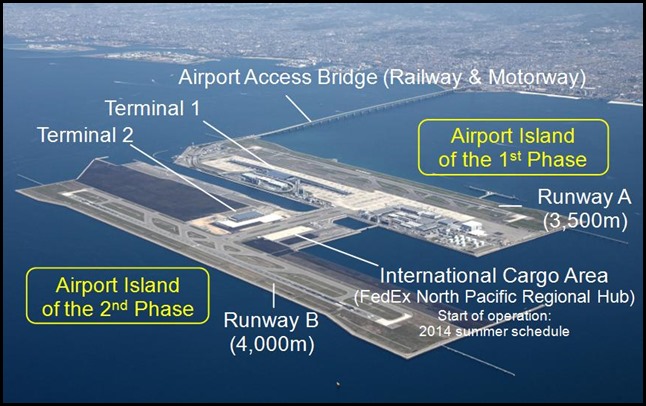 Back to this beast
of an airport.
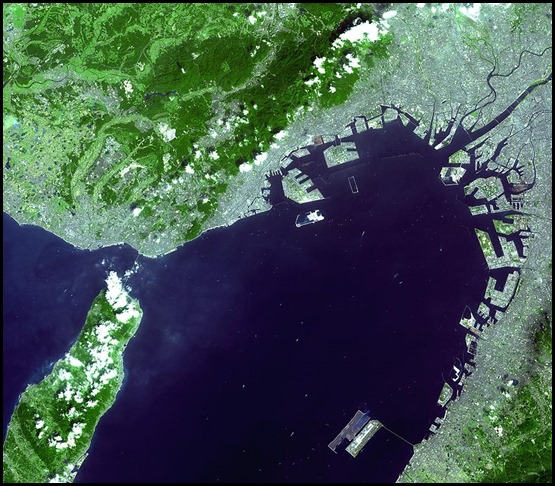 It can be seen
from space (bottom right corner)............
Wiki says: Construction: An
artificial island, two and a half miles long and one point six miles wide, was
proposed. Engineers needed to overcome the extremely high risks of earthquakes
and typhoons (with
storm
surges of up to 3 metres (10
feet)). The water depth is 18 metres on top of 20 metres of soft Holocene clay which holds 70% water. A
million sand drains were built into the clay to remove water and solidify the
clay.
Construction started in 1987. The sea wall was finished in 1989 (made of rock and 48,000 tetrapods). Three mountains were excavated for 21,000,000 cubic metres (27,000,000 cubic yards), and 180,000,000 cubic metres (240,000,000 cubic yards) was used to construct island one. 10 000 workers and 10 million work hours over three years, using eighty ships, were needed to complete the 30-metre (98 feet) (or 40 metre) layer of earth over the sea floor and inside the sea wall. In 1990, a three-kilometre bridge was completed to connect the island to the mainland at Rinku Town, at a cost of $1 billion. Completion of the artificial island increased the area of Osaka Prefecture just enough to move it past Kagawa Prefecture in size (leaving Kagawa as the smallest by area in Japan). The bidding and construction of the airport was a source of international trade friction during the late 1980’s and early 1990’s. Prime Minister Yasuhiro Nakasone responded to American concerns, particularly from Senator Frank Murkowski, that bids would be rigged in Japanese companies' favour by providing special offices for prospective international contractors, which ultimately did little to ease the participation of foreign contractors in the bidding process. Later, foreign airlines complained that two-thirds of the departure hall counter space had been allocated to Japanese carriers, disproportionately to the actual carriage of passengers through the airport. The island had been predicted to sink 5.7 metres (19 feet) by the most optimistic estimate as the weight of the material used for construction compressed the seabed silts. However, by 1999, the island had sunk 8.2 metres (27 feet) – much more than predicted. The project became the most expensive civil works project in modern history after twenty years of planning, three years of construction and fifteen billion (US) dollars of investment. Much of what was learned went into the successful artificial islands in silt deposits for New Kitakyushu Airport, Kobe Airport, and Chūbu Centrair International Airport. The lessons of Kansai Airport were also applied in the construction of Hong Kong International Airport. In 1991, the terminal construction commenced. To compensate for the sinking of the island, adjustable columns were designed to support the terminal building. These are extended by inserting thick metal plates at their bases. Government officials proposed reducing the length of the terminal to cut costs, but architect Renzo Piano insisted on keeping the terminal at its full planned length. The airport opened in 1994. On the 17th of January 1995, Japan was struck by the Kobe earthquake, whose epicenter was about 12 miles away from KIX (Kansai) and killed 6,434 people on Japan's main island of Honshū. Due to its earthquake engineering, the airport emerged unscathed, mostly due to the use of sliding joints. Even the glass in the windows remained intact. In 1998, the airport survived a typhoon with wind speeds of up to 200 km/h (120 mph). On the 19th of April 2001, the airport was one of ten structures given the "Civil Engineering Monument of the Millennium" award by the American Society of Civil Engineers. As of 2008, the total cost of Kansai Airport was $20 billion including land reclamation, two runways, terminals and facilities. Most additional costs were initially due to the island sinking, expected due to the soft soils of Osaka Bay. After construction the rate of sinking was considered so severe that the airport was widely criticized as a geotechnical engineering disaster. The sink rate fell from 50 cms (20 inches) per year during 1994 to 7 cms (2.8 inches) per year in 2008.
All that amazing engineering and building but if you blink (or come in at the wrong angle like us) you land and all looks ordinary. Because it’s just so very, very vast.
For us now, the next leg of our journey. Within fifteen minutes we had collected our cases, walked the few feet to the train station and off we went. Leg room on the plane and in the trains is simply huge and the chairs are extremely comfortable.
ALL IN ALL AN INCREDIBLE MAN-MADE ISLAND AIRPORT HIGHLY EFFICIENT, AMAZING AIRPORT |
